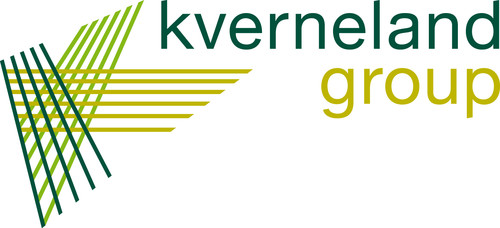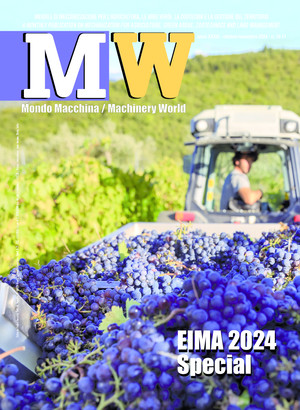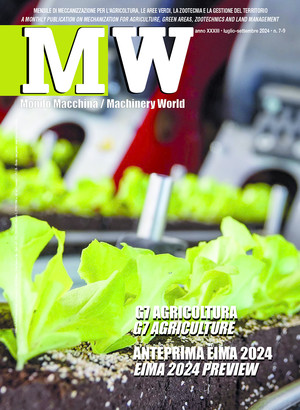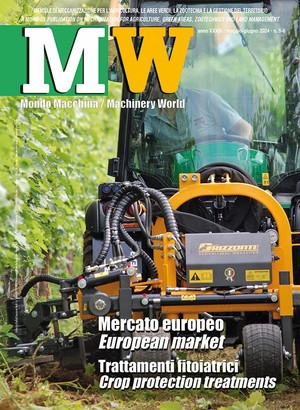
Tractor sales in Europe fall in 2023
The "old continent" ended 2023 with a total of 158,000 tractors sold, marking -5% on the previous year. France, Germany and England are holding up, while Italy, Poland and Spain are registering double-digit liabilities. No significant turnarounds expected for 2024
Credit crunch, market volatility and geopolitical tensions drive down tractor sales in Europe in 2023. Also weighing on the sector's performance - says the annual report of CEMA, the European Manufacturers' Association - is the decline in incomes in the primary sector. The reduction in agricultural commodity prices, back to 2021 levels after the peaks recorded following the invasion of Ukraine, and the cost of inputs - energy and fertiliser in particular - which over the past twelve months have remained at high levels, have limited the investment capacity of farmers and companies. According to CEMA’s findings, the slowdown in machinery sales was especially evident in the second half of the year, while the first part of the year was characterised by substantial resilience, mainly due to the disposal of orders accumulated in 2022 due to supply delays and the crisis in the commodities market. The decline in tractor sales did not affect all product classes equally. The lower power ranges, those below 22 kW, as well as the higher bands (from 133 KW) not only withstood the drop in demand better, but also managed to increase volumes. Moreover, as CEMA itself notes, the growth of the low powers may have been influenced by the peak recorded in Italy (+63% on 2022), where an amendment to the Highway Code also authorised non-professional operators to register their agricultural machinery, consequently increasing the number of vehicles registered.
France and Germany hold. Once the “ripple effect” associated with the fulfilment of accumulated orders had disappeared, the agromechanical sector began to discount the effect of cyclical variables on demand for agricultural machinery. The final balance sheet of 2023 therefore recorded a decrease of 5% for 158,000 units, which is 8,000 less than the previous year. The contraction – CEMA explains – has affected most European countries, but not the two core markets: Germany and France. In fact, while Germany confirmed substantially the same volumes as in 2022 (+0.4% for 29,000 vehicles), France, on the other hand, improved the performance of the previous twelve months by about 2 percentage points, closing with about 36,400 tractors registered. Among the main European countries, the United Kingdom is also characterised by a dynamic trend in the sector, which marks +2.4% for a total of 13,300 registered machines. Emerging markets in the Netherlands (+10.1% for 3,151 units sold), Switzerland (+3.1% for 2,165 units) and Greece (1,667) were also up, while for the rest of the continent the performance was not as positive. With just over 17,500 vehicles registered, Italy drops by 12.8% and, after the peaks reached in 2021 and 2022, returns to pre-pandemic volumes. A minus sign also for Spain, which drops to just under 7,700 vehicles (-17.6%) sold and is once again overtaken by Poland, now the fifth European market despite last year's decline (-12.4% and 10,276 vehicles). The decline in Spain, explains the association of European manufacturers, was greatly affected by the heavy passiveness of narrow tractors, which in twelve months lost 36%. A minus sign also for Austria and Belgium, which leave 6.9 (4,982 tractors sold) and 7.6% (2,930 units) on the ground respectively.
An uncertain 2024. In the coming months, says the European Manufacturers Association, no significant turnarounds are expected. Without considering the low reached in 2020 due to the pandemic, the index that measures the confidence of continental agro-mechanical companies, the CEMA Barometer, is in fact at its lowest since 2014. However, as CEMA itself points out, the most acute phase of the crisis may have passed: the curve describing the temporal trend of this index seems to have ended its downward phase and has stabilised, albeit at a very low level. This does not mean that the market will return to positive territory in the short term, but it does at least signal that traders do not expect a further deterioration from the current situation. Over the next six months, according to the sample surveyed by the European Committee, agro-mechanical turnover will therefore grow, indeed it could continue to decline, but there are some tentative positive signs. One of these is the trend of orders, seen in recovery in the medium term. These are obviously aggregate estimates, which may vary significantly from one country to another. What makes the difference, for the resilience of the sector, are the different characteristics of national markets, but - above all - the incentive tools developed by governments to support a strategic sector such as agriculture and to complete its transition to digital.








